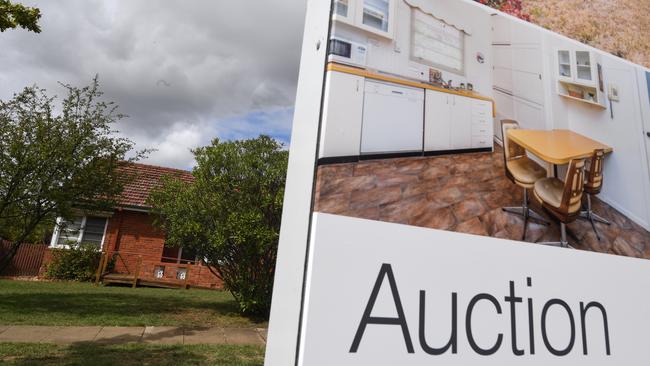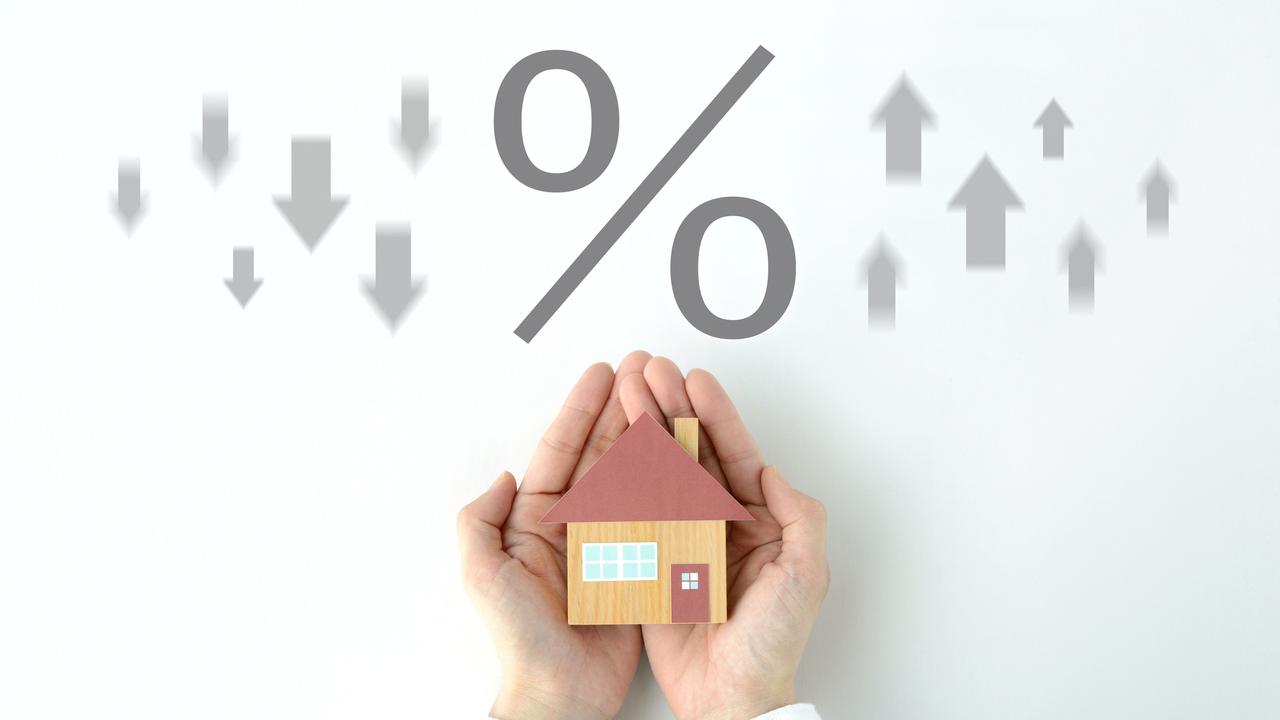Future proofing negatively geared property
With the ALP announcing the start date for negative gearing changes, it’s time to act.

The ALP has offered another signal of its intentions in the investment market after opposition treasury spokesman Chris Bowen announced on Friday his negative gearing and capital gains tax changes will start on January 1 2020.
Just a few days ago property researcher SQM published a high-profile report predicting the ALP’s property proposals will increase rental yields and put further downward pressure on housing values while house prices could fall by up to 12 per cent.
So, with that in mind, what can investors do now to fortify their property investments?
Owning an investment property in a falling market can be a double-whammy. Not only is your asset value falling, but you have to put your hand in your pocket each month to contribute towards the holding costs (if the net rental income isn’t enough to meet the loan repayments).
Consequently the first thing you can focus on is reducing the property’s holding costs.
For example, many lenders are offering three-year fixed rates at levels below variable interest rates, particularly if your loan repayments are structured as interest only.
This may help reduce monthly holding costs, and you could still be better off on a fixed rate because even if the RBA does cut rates this year, there’s no guarantee the banks will pass those cuts on to customers.
If values fall further as predicted, now may be a good time to lock in access to available equity. This involves increasing your loan’s credit limit to up to 80 per cent of the current value of your investment property. This will give you access to additional credit for emergencies or future investment purposes. This equity may not be available if values, and thus bank valuations, fall after negative gearing is banned.
I expect some property types and locations will be more exposed to changes in negative gearing. Locations or buildings dominated by investor-owners could be at greater risk compared with those with a more normalised number of owner-occupiers. In addition, the types of properties that have historically been marketed to investors primarily because of the tax benefits they generate (such as depreciation and negative gearing) will almost certainly be negatively affected.
If you own a property with these characteristics, you might consider divesting that asset before any changes to negative gearing are confirmed. Of course, you must consider this in the context of the property’s past investment performance, likelihood of future returns, and divestment costs such as capital gains tax and agent fees. If it’s a dud investment now, it is likely to be an even worse investment if negative gearing is banned.
SQM predicts acquisition rental yields will rise about 1 per cent if negative gearing is banned on existing properties. This is what many professionals say happened when the Hawke Labor government briefly banned negative gearing between 1985 and 1987. It reinstated it to take pressure off rents.
If rents do rise, you should ensure your assets are well positioned to benefit. To achieve this, you could consider doing two things:
- First, avoid any lengthy rental agreement terms with tenants. This may allow you to review rent levels to meet the market.
- Second, consider making cosmetic improvements to your property to enhance its rental demand. Taking initiatives such as installing airconditioning, giving kitchens and bathrooms a facelift, recarpeting or painting can have huge appeal to tenants. These improvements don’t have to cost a fortune; you can use a mortgage to fund the expense and you can depreciate these improvements — that is, get a gradual tax deduction for them.
Another way to increase a property’s income is to consider furnishing it and letting it out on a short-term basis via businesses such as Airbnb, Stayz or corporate let. You can potentially more than double the amount of income from a property — compared with having a permanent tenant — transforming its overall cashflow from a negative position to neutral or even positive. There are risks associated with this including ensuring you have correct insurance cover, getting approval from body corporate managers if it’s an apartment, and preparing for the likelihood that income receipts may be lumpy.
If abolishing negative gearing does put downward pressure on values, then hopefully you can offset some of the impact by maximising your property’s rental income. The impact of these proposed changes could also create investment opportunities. In the long run, the abolition of negative gearing will only have a small impact on overall investment returns in investment-grade locations. A strong level of capital growth will, over time, dwarf lost tax benefits.
In summary, if you expect the ALP’s proposed negative gearing changes to become law, then you must consider ways to improve your property’s cashflow, divest of any underperforming investments and make any changes to borrowings in advance of any changes to tax laws.
Stuart Wemyss is an independent financial adviser and author of best-selling book, Investopoly: the 8 rules for mastering the game of building wealth.



